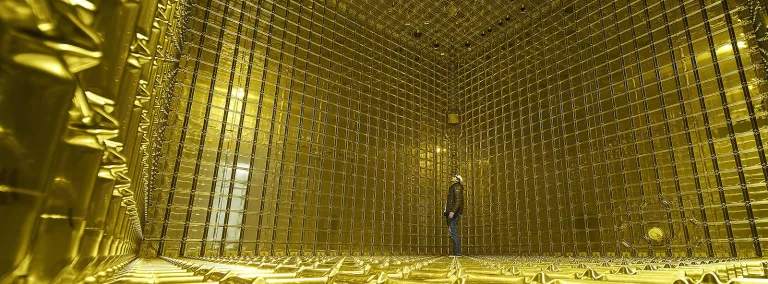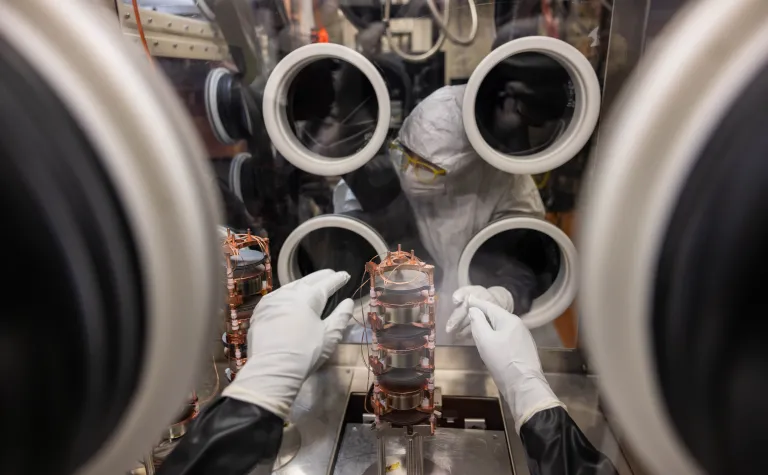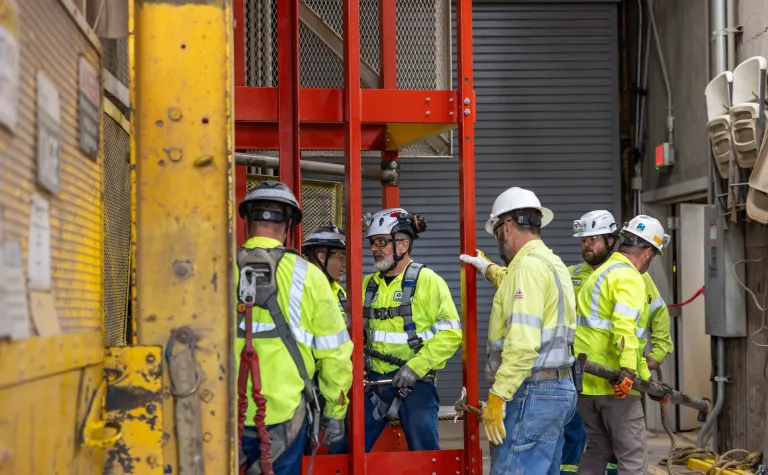
Present
Deep Underground Neutrino Experiment
Solving big mysteries
The Deep Underground Neutrino Experiment is an international flagship experiment to unlock the mysteries of neutrinos. DUNE will be installed in the Long-Baseline Neutrino Facility, under construction in the United States. DUNE scientists will paint a clearer picture of the universe and how it works. Their research may even give us the key to understanding why we live in a matter-dominated universe — in other words, why we are here at all.
DUNE will pursue three major science goals: find out whether neutrinos could be the reason the universe is made of matter; look for subatomic phenomena that could help realize Einstein’s dream of the unification of forces; and watch for neutrinos emerging from an exploding star, perhaps witnessing the birth of a neutron star or a black hole.
The U.S. Department of Energy’s Fermilab is the host laboratory for DUNE, in partnership with funding agencies and more than 1,400 scientists and engineers from all over the globe. They contribute expertise and components, which provide economic benefits to each of the partner institutions and countries. DUNE consists of massive neutrino detectors, at Fermilab in Illinois and Sanford Underground Research Facility in South Dakota. LBNF produces the world’s most intense neutrino beam and provides the infrastructure. The PIP-II particle accelerator at Fermilab powers the neutrino beam.

